Service hotline
+86 0755-83975897
Release date:2024-10-26Author source:KinghelmViews:1781
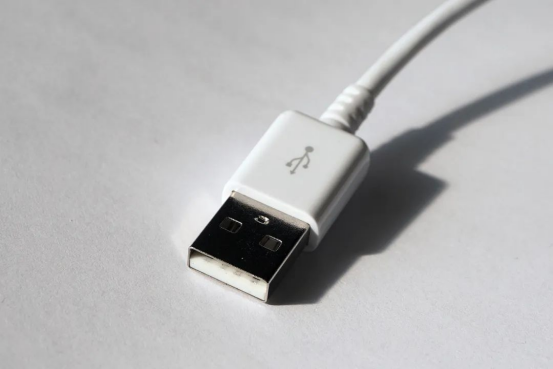
Let’s break down what each type is and how they differ.
What is USB-A?
USB Type-A is the traditional USB port design. Here’s what you need to know:
● Design: It’s a horizontal port that you plug a cable into. The connection can only be made one way, which can sometimes be frustrating!
● Uses: USB-A is mostly found on computers and older devices. It connects to USB-B ports on devices like printers and external hard drives.
What is USB-C?
USB-C is a newer type of port introduced in 2014. It addresses many limitations of USB-A. Here are the key features:
● Reversible: You can plug it in either way, making it easier to use.
● More Powerful: It can deliver up to 100 watts, making it suitable for larger devices.
● Faster Data Transfer: USB-C supports higher data rates than USB-A.
● Versatile: It can connect to many devices, including HDMI for video.
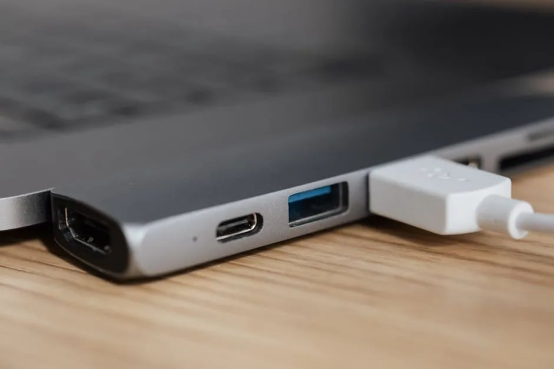
Is USB-C Better?
Yes! USB-C offers faster speeds and more versatility than USB-A. Over time, we expect USB-C to replace USB-A in most devices, but this transition will take a few years. Many computers still have both types for compatibility.
What About USB 3.2?
USB 3.0 to 3.2 refers to data transfer standards, not just the ports themselves. USB 3.0 introduced faster speeds, and USB 3.2 offers even better performance.
● Backward Compatibility: USB 3.2 can work with older USB types, but you might need adapters.
● Easily Identifiable: USB 3.0 cables often have blue connectors, while standard cables are gray.
What is USB4?
USB4, released in 2019, is the latest USB standard. Key points include:
● High Speeds: It can reach speeds of up to 40Gbps.
● Power Delivery: Like USB-C, it can provide up to 100 watts.
● Compatibility: USB4 works with older USB versions.
Quick Summary: USB-A vs. USB-C
● Both Types: USB-A and USB-C can support fast data speeds, especially with USB 3.2.
● Compatibility: USB 3.2 is user-friendly and backward compatible, but you may need adapters.
● Full Power: USB-C can fully utilize the speeds and features of USB 3.2.
● Match Your Cables: Ensure your cables and devices support the same USB standards for best performance.
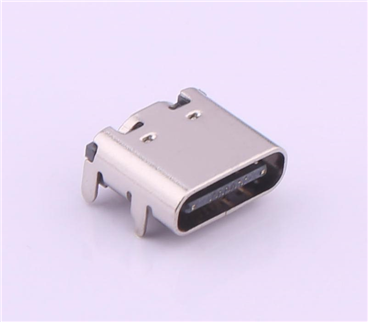
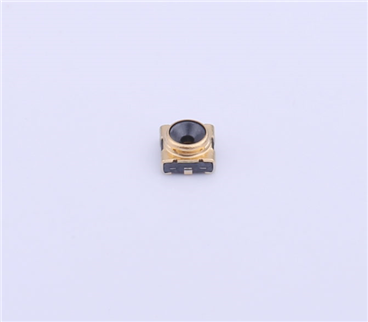
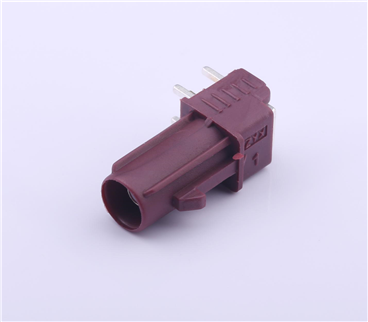
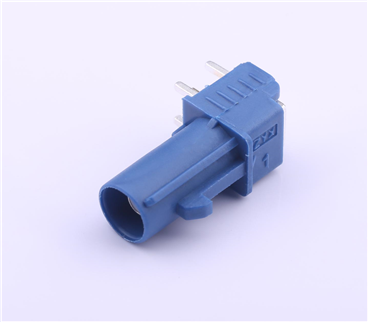
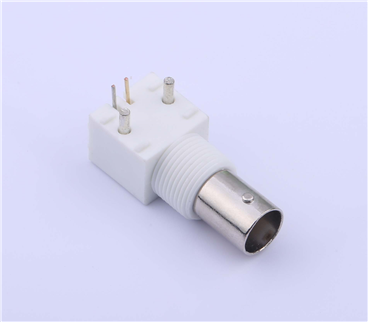
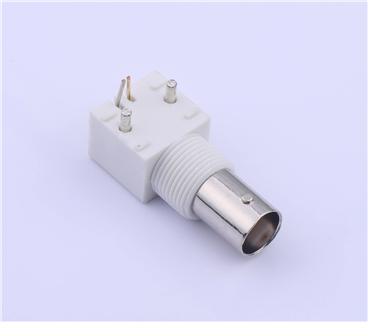
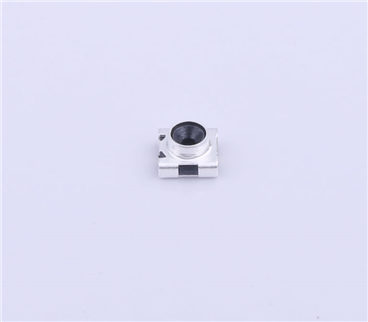
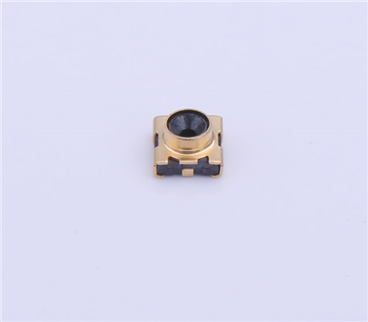
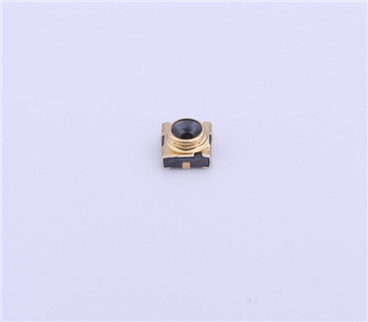

Copyright © Shenzhen Kinghelm Electronics Co., Ltd. all rights reservedYue ICP Bei No. 17113853